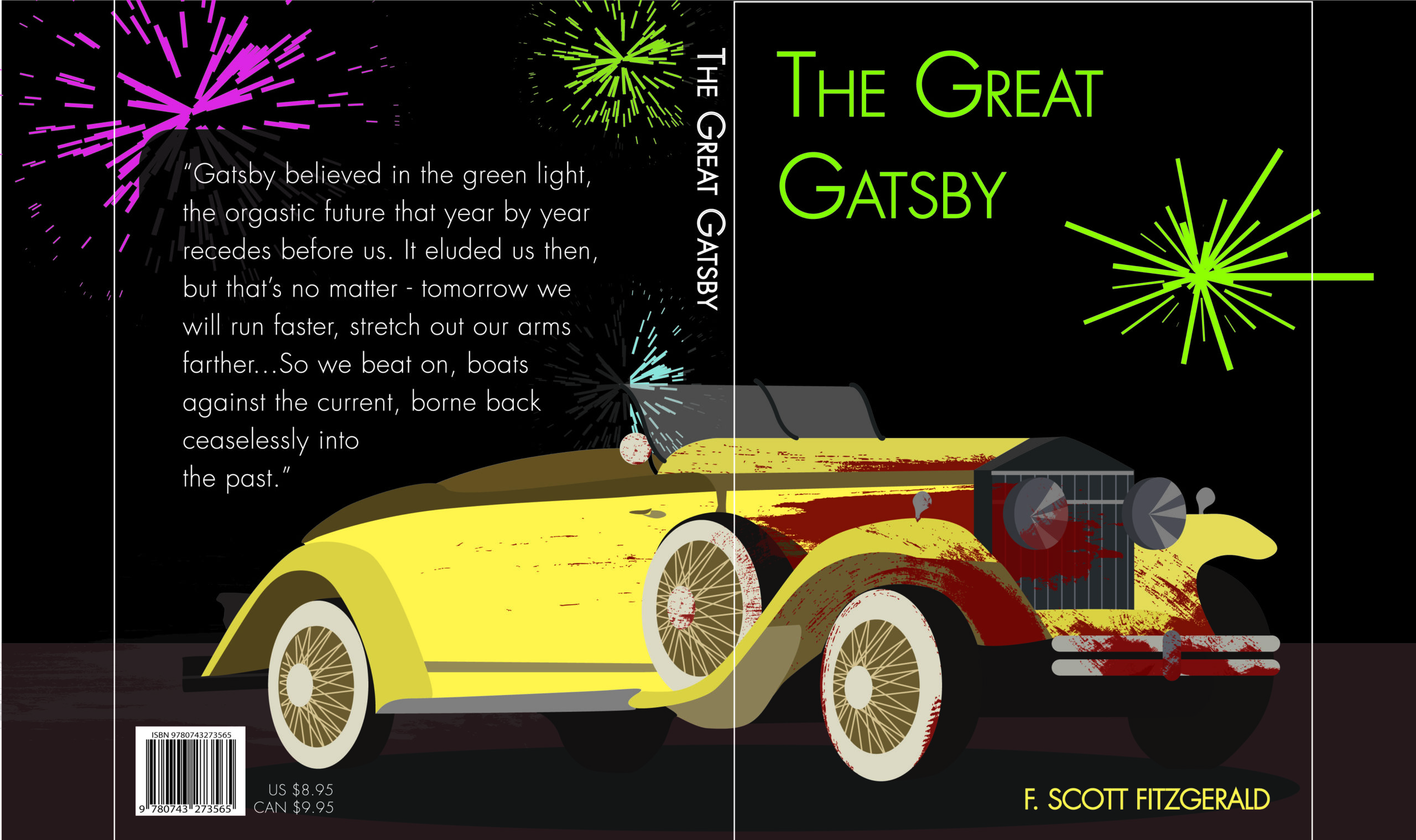The Great Gatsby by F. Scott Fitzgerald highlights the tragic pursuit of the American Dream by its protagonist, Jay Gatsby. Gatsby embodies the American Dream, growing up in poverty and making his fortune through hard work and determination. However, his obsession with materialism, illegal means of success, and delusional pursuit of his lost love, Daisy Buchanan, leads to his tragic downfall. Through Gatsby’s story, Fitzgerald warns that the American Dream is not always attainable and that the pursuit of material gain can lead to destruction. The novel serves as a cautionary tale for achieving true happiness and fulfillment in life.
Jay Gatsby vs The American Dream: The Tragic Quest of The Great Gatsby
Introduction
The Great Gatsby by F. Scott Fitzgerald is a classic American novel that highlights the tragic pursuit of the American Dream by its protagonist, Jay Gatsby. This book showcases the decay of the American Dream in the 1920s through the eyes of Gatsby, a self-made millionaire, who falls in love with a married woman and goes to great lengths to win her over. This article will examine the similarities and differences between Jay Gatsby and the American Dream as depicted in the novel.
The American Dream
The American Dream is a concept that many people cherish, and it refers to the ideal that any individual in America can achieve prosperity and success through hard work, determination, and perseverance. The Dream holds that with hard work and dedication, anyone in America can rise up from poverty to achieve all that they desire.
Jay Gatsby: A Dreamer
Jay Gatsby, the central character of The Great Gatsby, is a tragic hero who embodies the American Dream. Gatsby grew up in poverty and made his fortune through hard work and determination. He believed in the American Dream and was determined to achieve it. Gatsby’s determination to become wealthy and successful was fueled by his desire to win over his lost love, Daisy Buchanan.
An Obsession With Materialism
Gatsby’s intense pursuit of Daisy is symbolic of the American Dream turned upside down. His love for Daisy became an obsession, and he believed that buying expensive things for her was the key to winning her heart. Gatsby’s materialistic view of love represents the decay of the American Dream, where money had become a means to an end.
The Illusion of Success
Gatsby’s success and prosperity were an illusion. He made his fortune through illegal means, and his parties were nothing but elaborate fronts to attract Daisy. His mansion and expensive cars were, to him, a way to prove his worth to Daisy. Gatsby was haunted by an unattainable dream that led him to his tragic downfall.
The Deceitful Nature of The Dream
The American Dream that Gatsby chased is, in reality, deceitful. It is not the result of hard work and perseverance alone, as it is based on a number of social, economic, and political factors that are outside an individual’s control. Gatsby’s belief in the American Dream was misplaced, and it cost him dearly in the end.
The Tragic End
The tragic end of Gatsby serves as a warning against the illusions of the Dream. His pursuit of wealth and Daisy led him to make foolish decisions that eventually destroyed him. Gatsby’s death demonstrates that the Dream can be unattainable, and that the pursuit of material wealth will ultimately lead to one’s downfall.
Conclusion
The Great Gatsby provides a poignant commentary on the American Dream and its true nature. Jay Gatsby’s tragic pursuit of the Dream is both a warning and a lament for the decay of American values. Through the character of Gatsby, Fitzgerald reveals that the Dream is not always what it seems, and that the pursuit of wealth and material gain can lead to one’s undoing. In the end, the novel serves as a cautionary tale for achieving true happiness and fulfillment in life.
